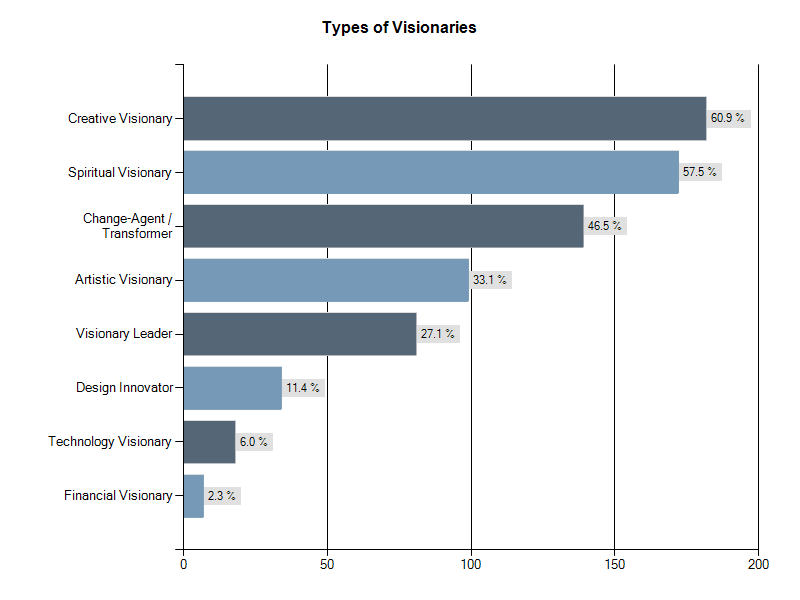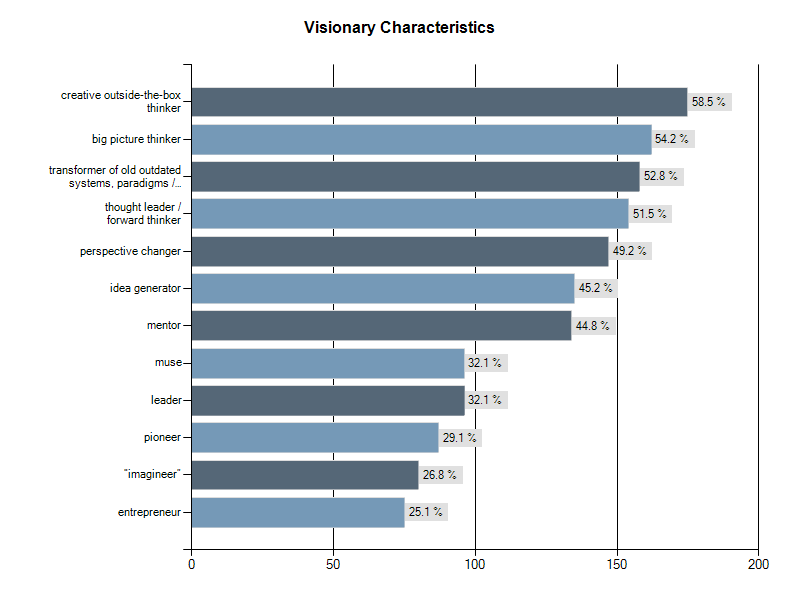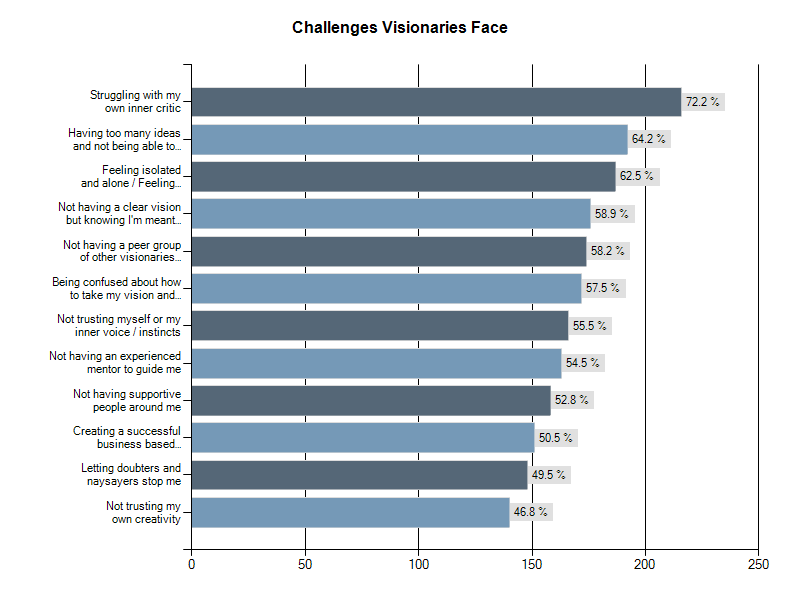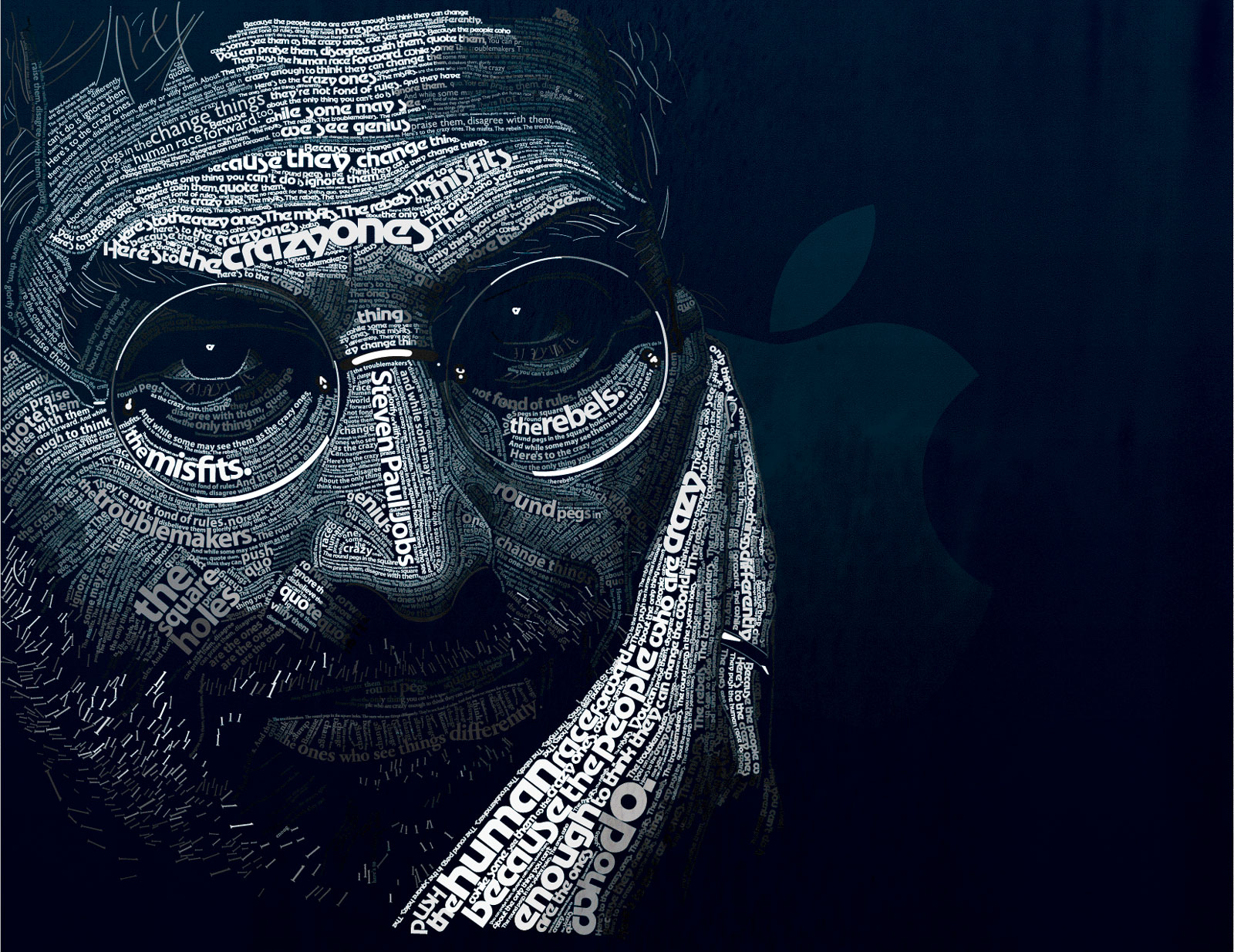One of my all-time favorite science fiction books is The City and The Stars, by Arthur C. Clarke. I believe it was the first sci-fi book I ever read.
This magical story details the life of Alvin, a “Unique,” who has never been born before.
In the fully enclosed, domed city of Diaspar, everyone else has lived many lives — they are reborn cyclically from the city’s Central Computer banks — and their memories of their past lives return to them on their 20th birthdays. Alvin has no prior memories.
Alvin’s uniqueness was deliberately designed. Because the city creators knew that the measures put into place to protect the last of the human race might someday no longer be needed (including behavioral inhibitions to keep everyone safe at home), they knew that a catalyst would be required to test the waters and breakthrough old paradigms when the time was right.
Over the billion years the city existed and of the millions of city inhabitants at any given time, only 14 other Uniques emerged to play this key role in the fate and future of the city.
Unfortunately for Alvin, as someone with such a unique purpose and role to play, he didn’t fit in well with his co-habitants. None of the other people in his life were interested in seeing what was beyond the walls, or questioning why things were they way they were.
One day, Alvin met another unique character: Khedron, the Jester. Although Khedron had lived before, he too was designed to play a key role — the role of the artist and the saboteur — with the purpose of shaking things up, stimulating discourse and debate, and catalyzing other catalysts (the Uniques) into action.
The city planners had chosen his role with care: They realized that a billion-year-old city would get downright boring and complacent without periodical upheaval, crime, disorder, and change.
Although the Jester had lived before, and had his own implanted inhibitions, he operated outside the societal norms and could help Alvin to claim his purpose and to act on it. Khedron became Alvin’s muse, in a sense.
Ultimately, Alvin ventured beyond the city walls to discover the self-imposed secret truths that kept the human race cowering on planet Earth and fulfilled his purpose.
I share this story with you for a number of reasons:
- I love the demonstration of purpose — of how a single individual can have a lasting impact — and how compelling that purpose can be. Alvin could not rest until he had fulfilled his purpose. Khedron fulfilled his purpose as well. Each had a role to play.
- I also love how The Jester — the archetypal fool — demonstrated the powerful role an artist plays in a society. Often creativity and art are thought of as gratuitous or entertaining, but this story caused me to see creativity as a powerful force for change, learning, growth, healing, and understanding. When I hear people debating or disliking an art piece (particularly a public art piece), I smile to myself, and think, “Good! That artist is fulfilling her purpose — she’s got people talking.”
- I love the idea that not fitting the mold is not only “designed” but is the key ingredient for success. The discomfort both characters experienced as “different” parallels the lives of many sensitives and creatives as we navigate this world not well-designed for us. Precisely because of the fear of being different, or rocking the boat, many of us hold back. But as sensitive sages and visionary creatives, when we hold back, we fail to fulfill our purpose. We must recognize that not fitting in is part of our impetus to fulfill our purpose.
- I love the reminder that we require muses and supporters as we breakthrough the limitations imposed on us (self-imposed and otherwise). As my teacher Sonia says, “We cannot do this alone.”
~~~~~~~~~~
What do you think? I’d love to hear from you:
- What does this spark for you?
- Where are you ready to venture into new territory?
- What status quo paradigm are you longing to challenge?
- Who is your Khedron or muse?
Please share your comments and thoughts on the blog below.





